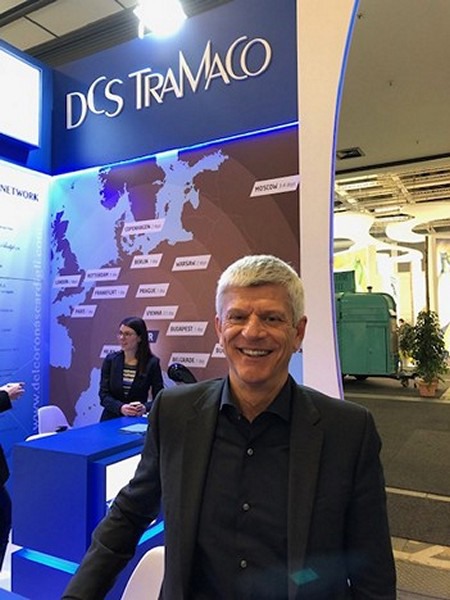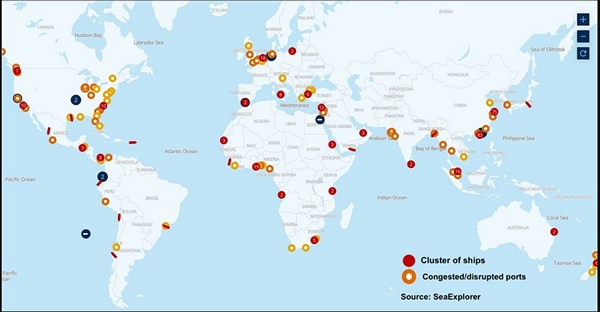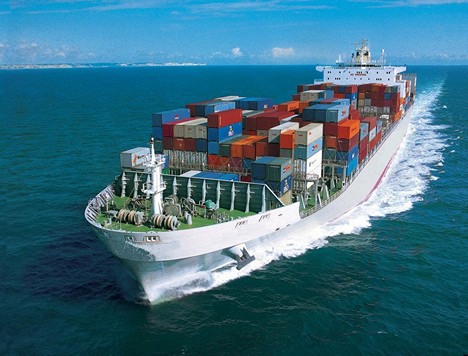The international situation is complicated to say the least, and fresh produce trade is paying the consequences of it as well. FreshPlaza talked about it with Riccardo Martini, CEO at DCS Tramaco in Ravenna.
 FreshPlaza (FP): Is the refrigerated container situation worsening compared to the last few months?
FreshPlaza (FP): Is the refrigerated container situation worsening compared to the last few months?
Riccardo Martini (RM): I confirm that the availability of equipment reefers is still limited and the prices of those available will increase in July, especially for those destined to North America. For example, just think of a container of Italian grapes headed to the US: last season, the cost was USD 4,500, while this year we are talking about USD 9,000/10,000 and more.
FP: Are containers "parked" somewhere?
RM: Containers remain in the terminals as little as possible, as they are reused immediately. However, there are some that are "parked" at sea, meaning there are over 300 ships that are currently waiting to enter particularly busy ports. The map below shows the busiest areas.

FP: What can unblock the situation?
RM: Shipping companies should rebalance the availability of ships and containers to normalize market dynamics. The strong post-pandemic recovery in US and Northern Europe has led to an unexpected increase in the import of raw materials and finished products from the Far East, meaning hiring a container from Asia to the US or Northern Europe now costs 485% more than last year. Of course, due to the incredibly high prices, companies shifted ships and containers to these routes as much as possible and, in the meantime, they are hiring or ordering new ships to meet the increased demand.

FP: What are the current and future problems for those shipping fruit internationally?
RM: There are two types of problems: loaders face much higher transport costs, which affect products such as fruit a lot, making it less attractive overseas. Then there is the difficulty in sourcing empty containers and ship space. The main Shipping companies prefer ships to load dry containers rather than reefers, as the raw material, agricultural&food, chemical, precision mechanics sectors etc. are willing to pay more than what the fruit sector can afford.
FP: What is happening abroad?
RM: Abroad, large producers have gone back to using ships with refrigerated holds to guarantee exports and punctual deliveries. Most of the kiwifruit production from New Zealand and citrus fruit from South Africa and South America will be transported with dedicated reefer ships. Actually, four new refrigerated ships were ordered after twenty years.
Italy is starting to discuss this opportunity as well, but logistic gaps need to be overcome first.
For further information: ![]()
DCS Tramaco
Via Magazzini Anteriori, 63 - Ravenna
+39 0544 426711
tramaco@tramaco.net
www.tramaco.net
